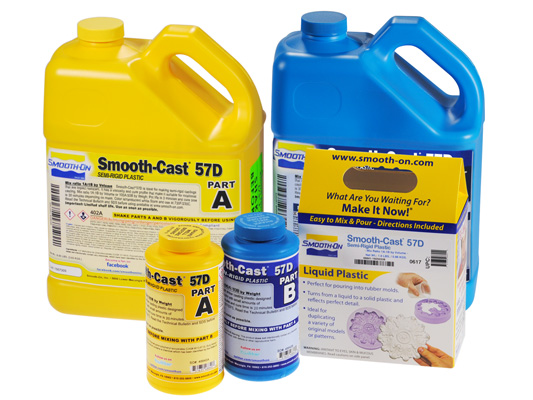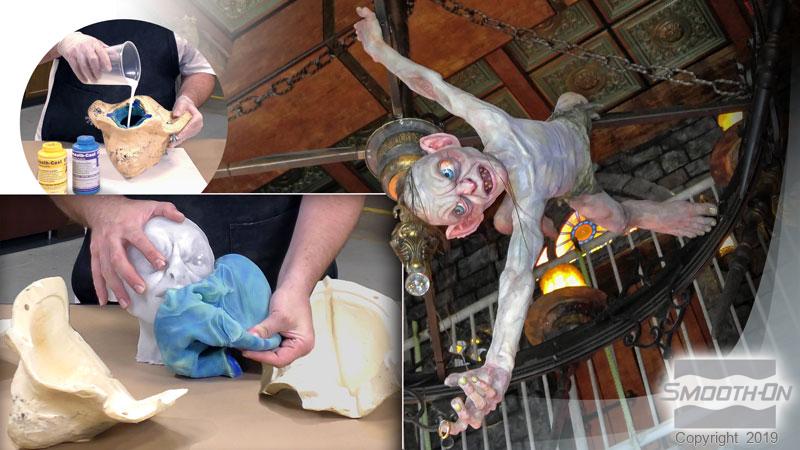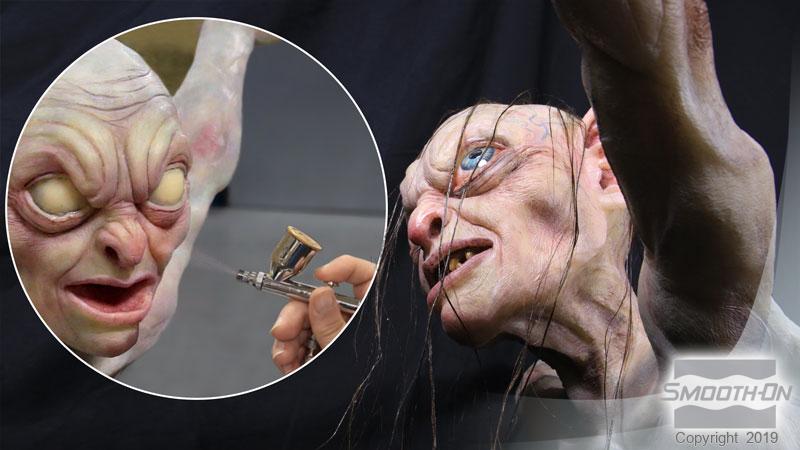Smooth-Cast™ 57D
Smooth-Cast™ 57D is a semi-rigid urethane plastic that offers a gradual cure profile (does not snap cure), making it suitable for machine or hand rotational casting.
Use For Rotational Casting - Once poured into a suitable rubber mold configuration, the mold can be rotated so that the resin mixture gradually coats the inside of the mold cavity. After an adequate wall thickness is attained inside the mold, the result is a cured hollow casting that is semi-rigid and highly impact resistant.
Use as a Casting Resin – Smooth-Cast™ 57D can also be used as a casting resin for making solid, semi-rigid castings that are tough and durable.
Mix ratio is 1A:1B by volume. Working time is 3 minutes, demold time is 30 minutes and full cure properties are attained after 24 hours. Color is white translucent and the material is very easy to color with SO-Strong™, UVO™ or Ignite™ colorants. Cured resin is also easy to paint with acrylic paints or UreCoat™ flexible coating for applications requiring thick, durable finishes.
› Click here for more Smooth-Cast™ resin products.
Instructions
Preparation
Materials should be stored and used in a warm environment (73°F / 23°C). This material has a limited shelf life and should be used as soon as possible. Mixing should be done in a well-ventilated area. Wear safety glasses, long sleeves and rubber gloves to minimize contamination risk. All liquid urethanes are moisture sensitive and will absorb atmospheric moisture. Mixing tools and containers should be clean and made of metal, glass or plastic. Because no two applications are quite the same, a small test application to determine suitability for your project is recommended if performance of this material is in question.
Applying A Release Agent
A release agent is necessary to facilitate demolding when casting into or over many surfaces. Use a release agent made specifically for mold making and casting such as Mann’s Ease Release™ 200 available from Smooth-On. A liberal coat of release agent should be applied onto all surfaces that will contact the plastic.
IMPORTANT: To ensure thorough coverage, apply release and brush with a soft brush over all surfaces. Follow with a light mist coating and let the release agent dry for 30 minutes.
Smooth-On silicone rubber molds usually do not require a release agent unless casting silicone into the mold. Applying a release agent will prolong the life of the mold.
Mixing
Pre-Mix PART-A and PART-B Thoroughly Before You Begin. After pre-mixing both parts, dispense required amounts of Parts A and B into mixing container and mix thoroughly. Stir for at least 30 seconds, making sure that you scrape the sides and bottom of the mixing container several times.
Curing
Important: Use this product with at least room size ventilation or in proximity to a forced outlet air vent and do not inhale/breath fumes. Fumes, which may be visible with a significant mass concentration, will quickly dissipate with adequate ventilation. Castings with significant mass may be hot to the touch and irritate skin immediately following cure. Let casting cool to room temperature before handling.
Demold time of the finished casting depends on mass and mold configuration. Low mass or thin-walled castings will take longer to cure than castings with higher mass concentration.
If making rotational or hollow castings, backfilling with a rigid foam (Foam-iT! 5 or other) will provide lightweight reinforcement. Foam backfilling is recommended if castings will be subjected to temperatures above 85°F / 30°C.
Performance
Cured castings are semi-rigid and impact resistant. They resist moisture, mild heat, solvents (intermittent contact) and can be primed/painted or bonded to other surfaces (any release agent must be removed) using Urebond or similar flexible adhesive. If machining material, wear breathing protection. Unpainted castings may discolor in proportion to duration and intensity of exposure to UV light.
If suitability of any Smooth-On material is in question for your application, a small scale test is recommended before using for an important project.
Related Categories: Urethane Resins
Related Series: Smooth-Cast™ Series – Low Viscosity, Easy To Use Resin
How-To Articles

Cold Casting a Bear Skull Using Urethane Resin and Nickel Silver Powder
Using Smooth-Cast 57D Milo demonstrates two techniques for casting his bear skull mold.
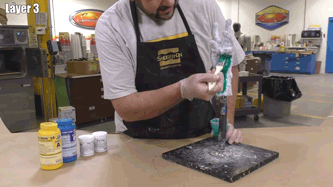
Seamless Silicone Glove Mold - Making Things with Milo
The challenge: Make a seamless mold of a sculpted hand with same-day turnaround for castings.
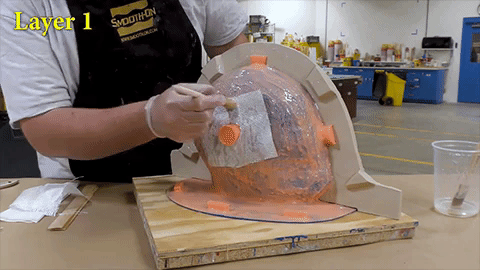
Cosplay Tutorial: Iron Man Helmet - Part 2: How To Make an Epoxy Support Shell and Hand Rotated Casting
How to make an epoxy fiberglass support shell using the EpoxAmite laminating epoxy system
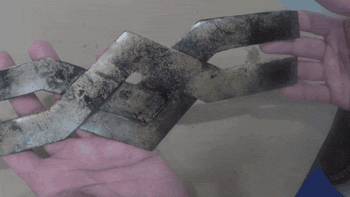
How To Make a Wonder Woman Amazon Armband
Jon shows us how he created an Amazon armband for a Wonder Woman cosplay.
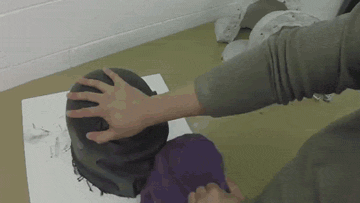
How To Cast a Resin Cosplay Helmet
Jon N. shows us how he brushes Smooth-Cast 57D to make a helmet for cosplay.
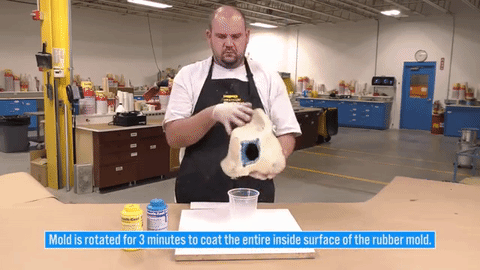
How To Make Hollow Resin Castings Using Smooth-Cast™ 57D
Create a hollow resin casting using the semi rigid urethane plastic - Smooth-Cast® 57D
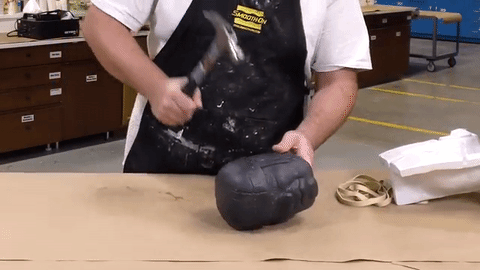
How To Make a Hollow Resin Casting Using Smooth-Cast™ 57D
Using the slush method of casting to create a hollow, impact resistant piece.
